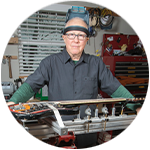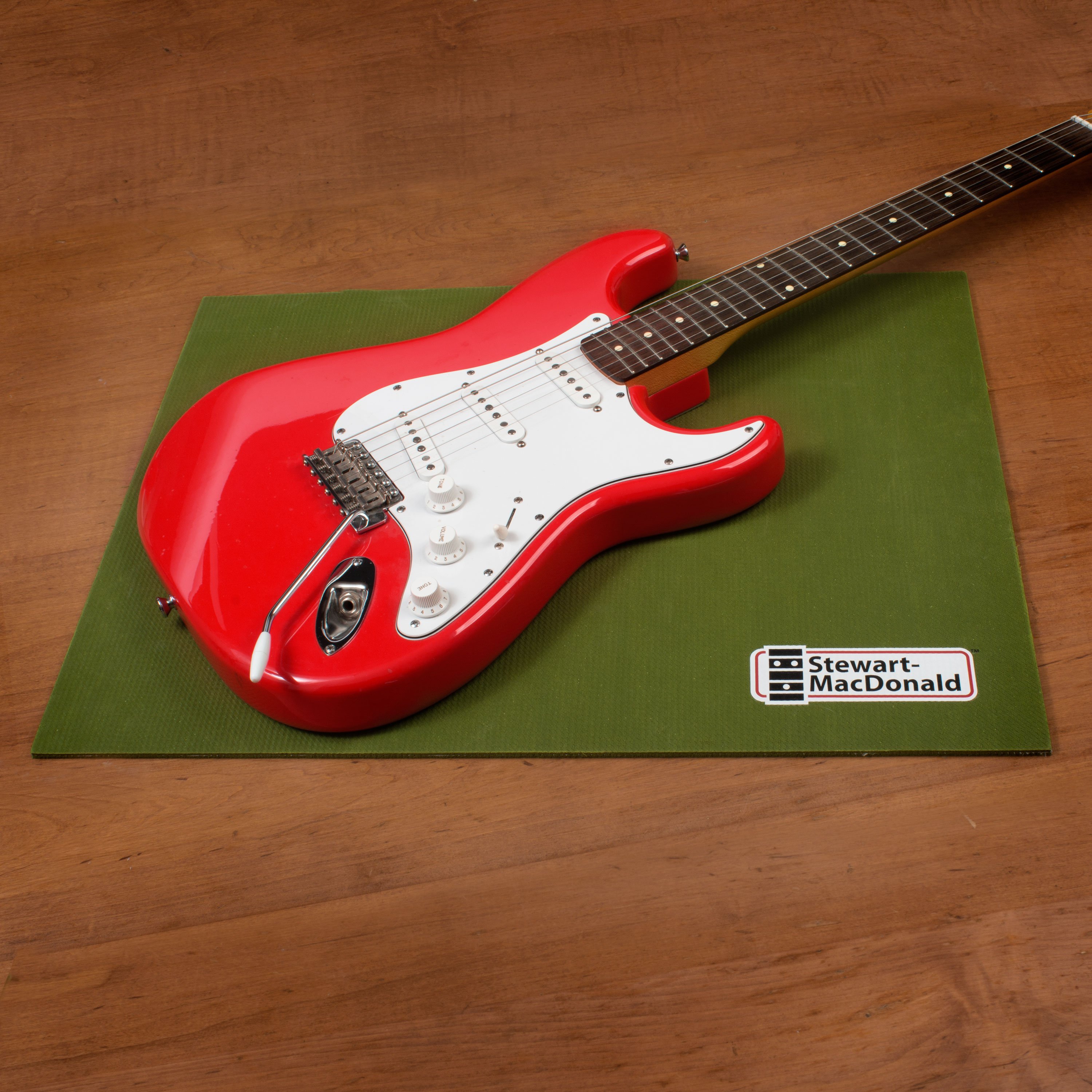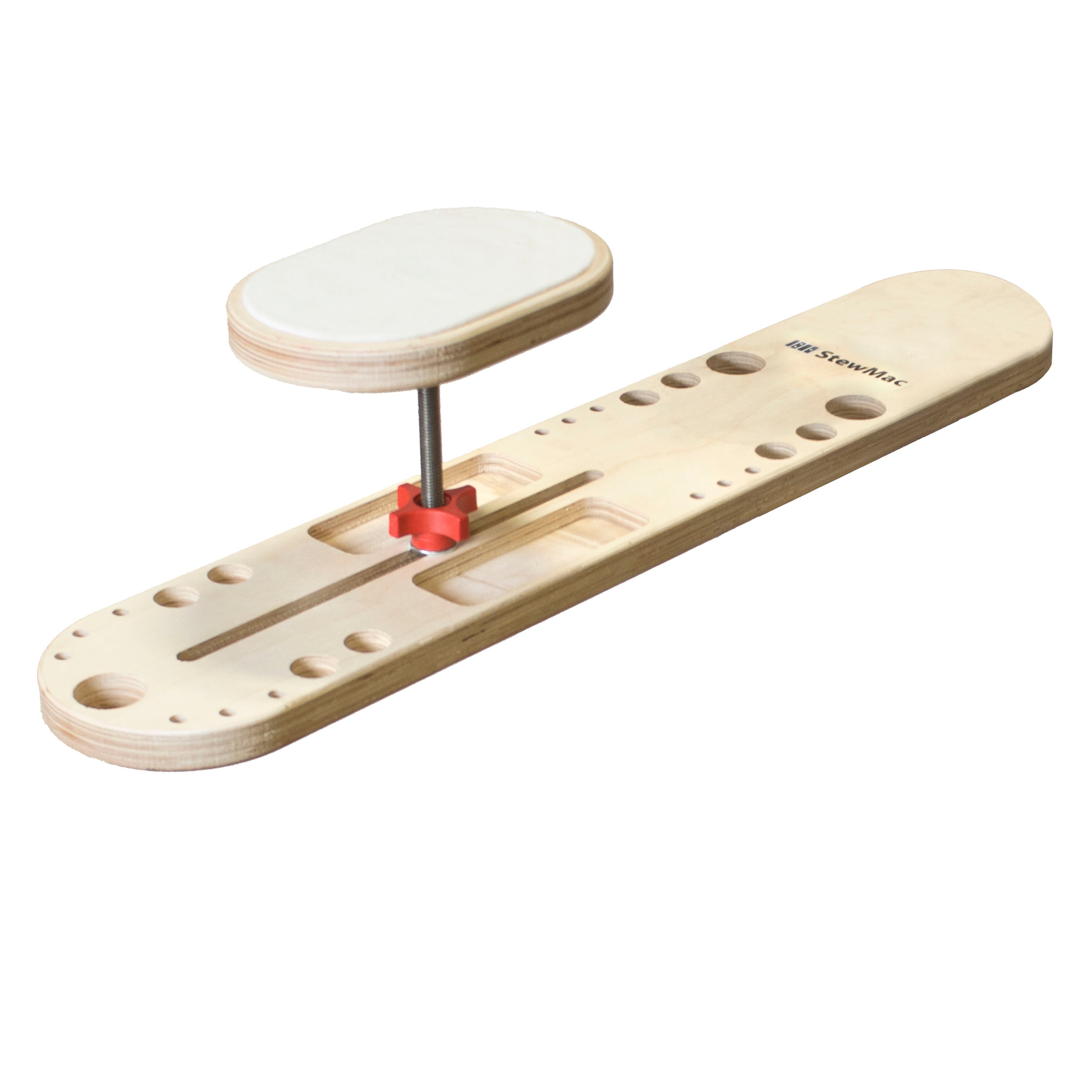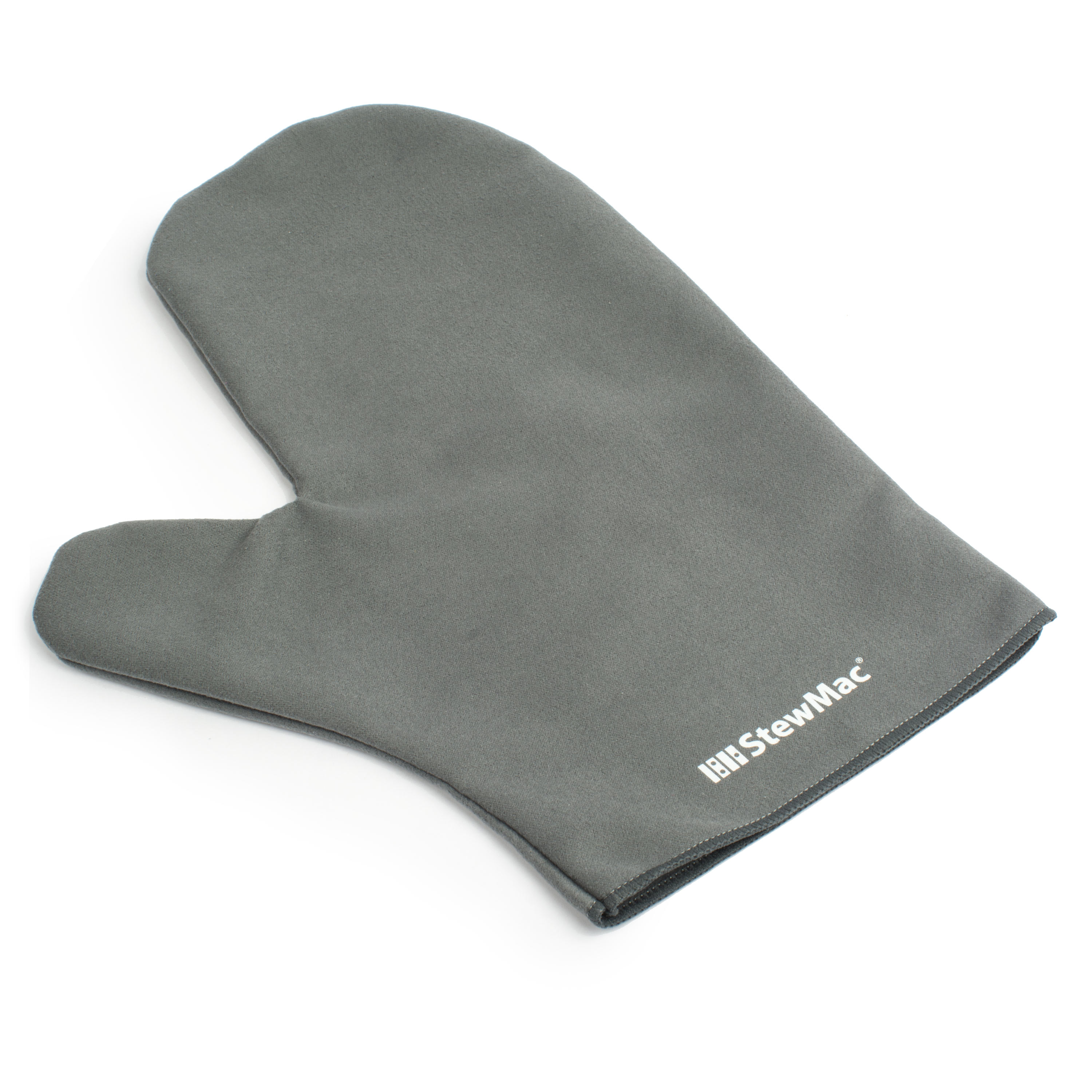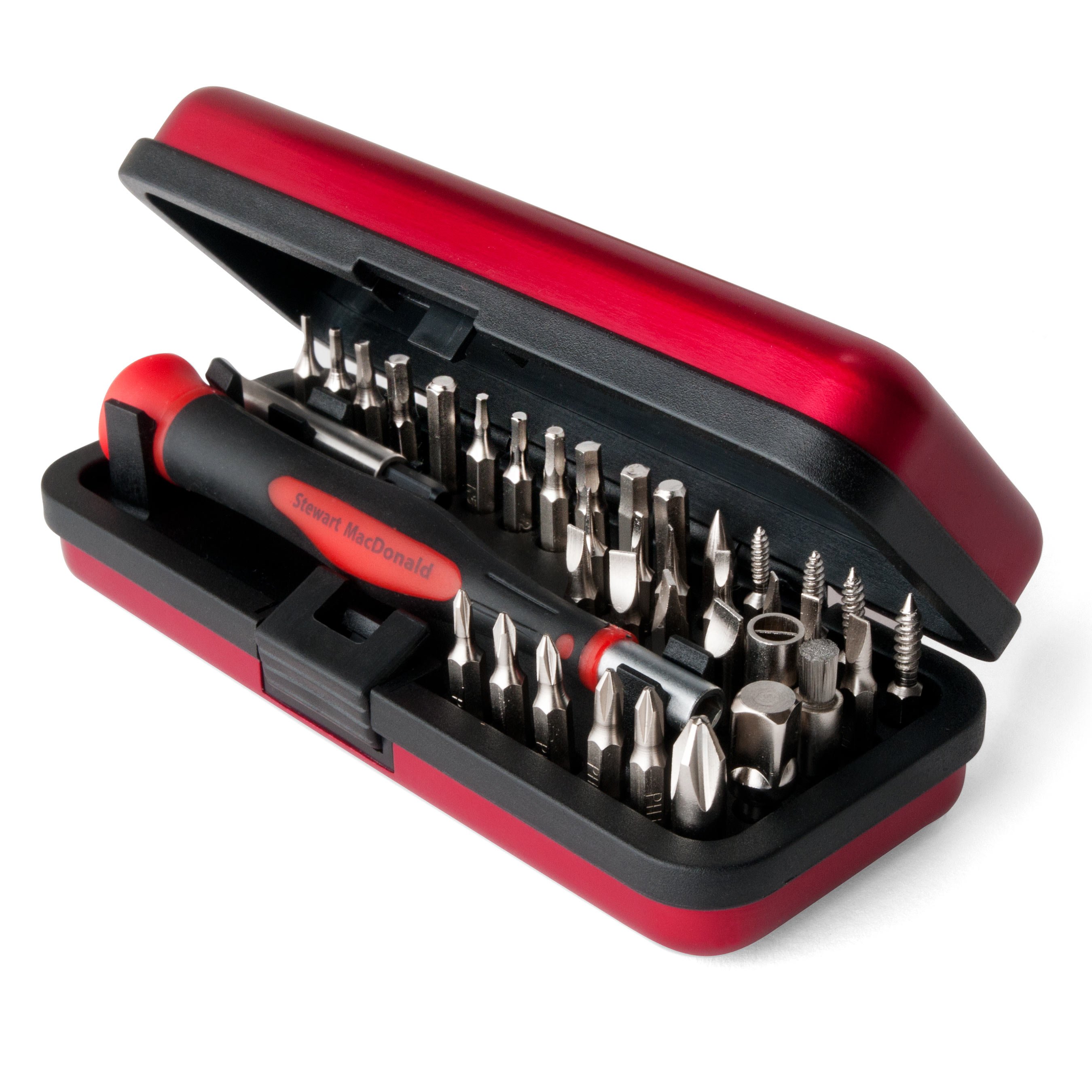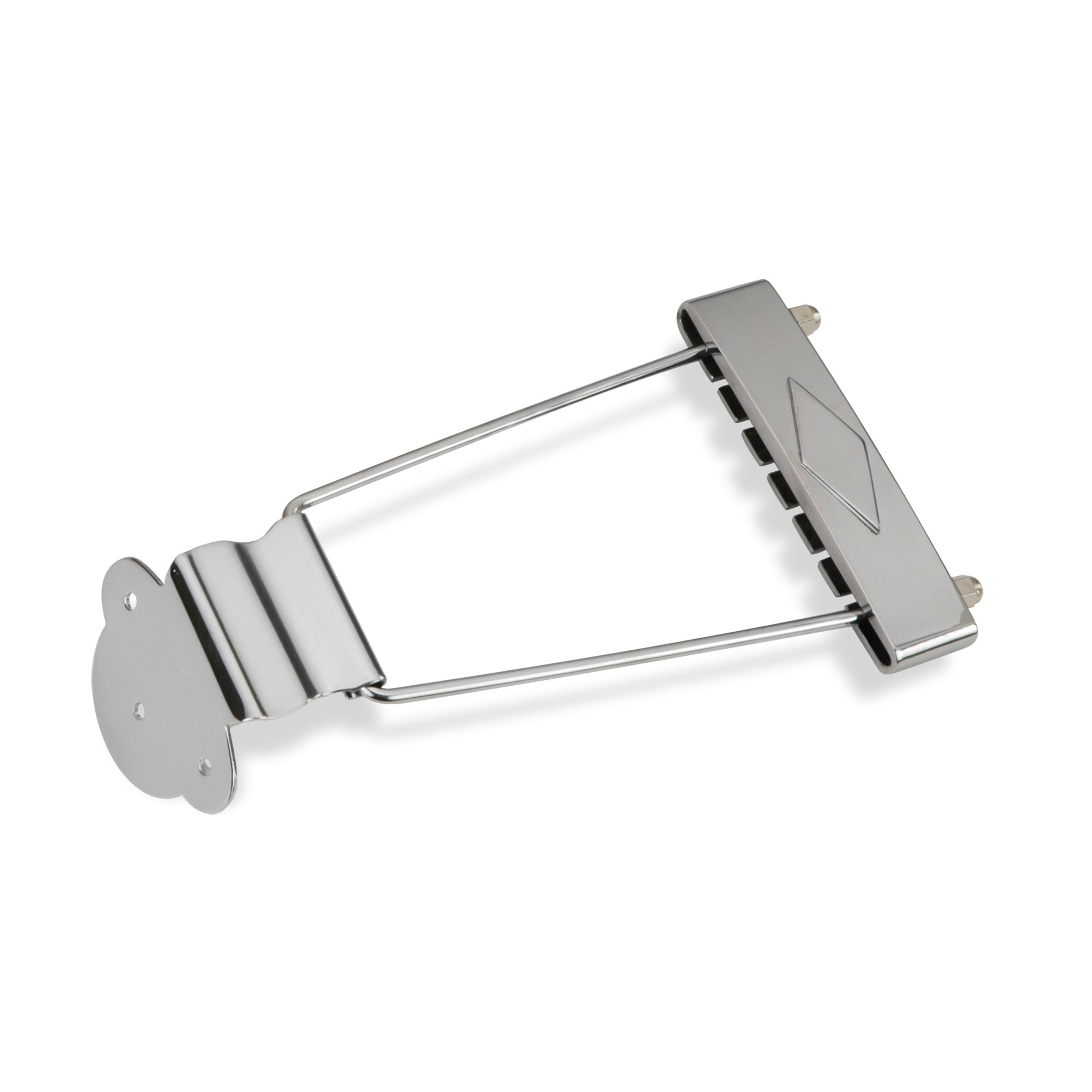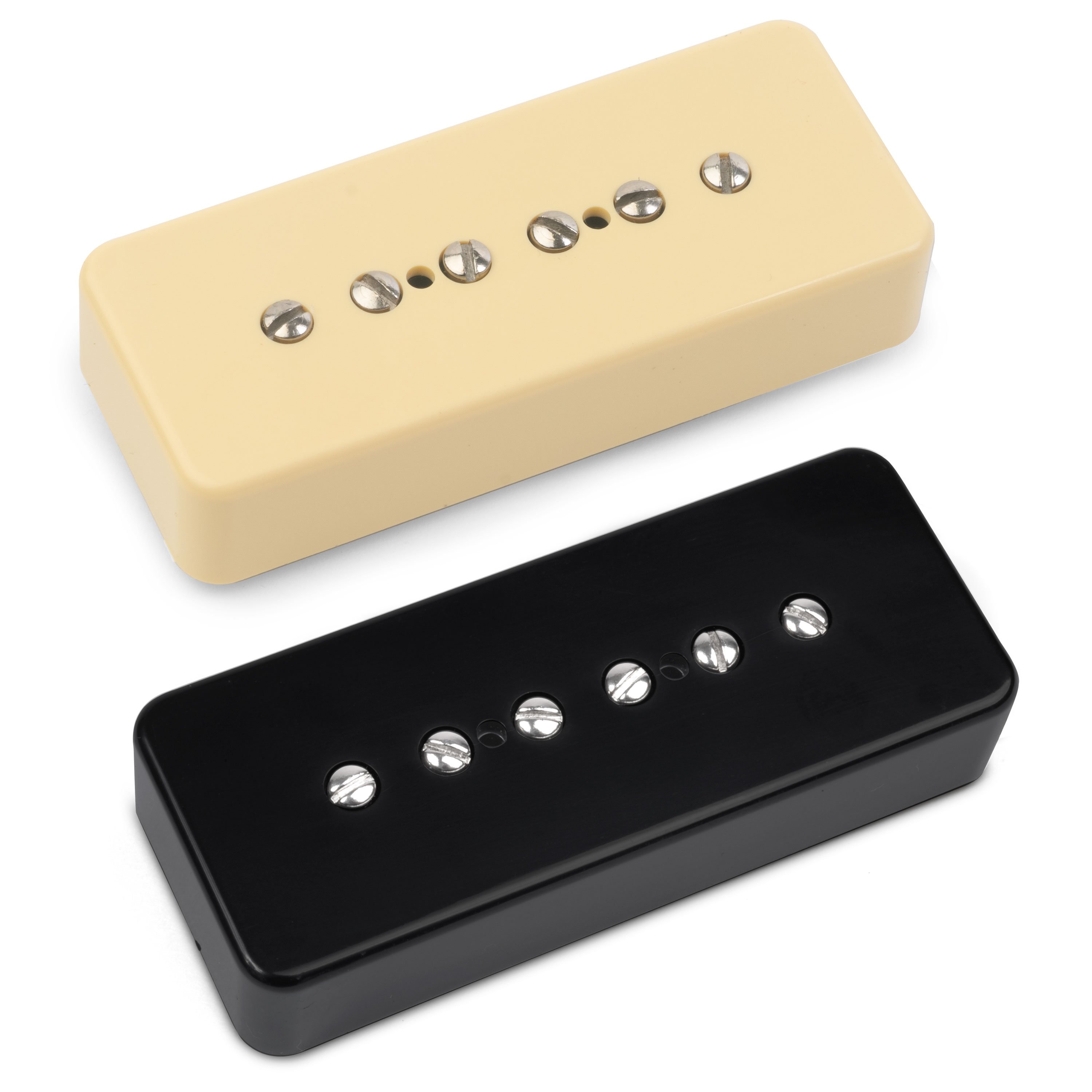How the Ceramic Guitar Was Made
A ceramic guitar from the 1960s showed up on Dan Erlewine’s bench, raising a lot questions. In this extra video, Dan visits Ohio University’s ceramics department where Ally Cochran, the Martha Stewart of slip casting, shows us how the guitar was made. Check out the rest of the Trade Secret video about the ceramic guitar here.
Video Transcription
[on-screen text reads: Stewart-MacDonald Trade Secrets Extra]
Slip casting mold
Dan Erlewine: [on-screen text reads: Dan Erlewine - Guitar Repairmen, Author] This is Ally Cochran, the Martha Stewart of Slip Casting [on-screen text reads: Ally Cochran, Student at Ohio University]. She's got something to show us.
Ally Cochran: Okay, so this is the mold of the object and it pulls apart where those lines are, but everything kind of slides into place. And you can see that these little areas locked all the pieces in. I'm going to secure it with just rubber bands. Okay. So this is all together and it's all clean. We're ready to go. So this is what it is called casting slip. And this is basically a porcelain clay butt in a liquid form.
Dan Erlewine: It looks good.
Ally Cochran: Okay, I'm going to leave it in here for about 15 minutes.
Dan Erlewine: See you in 15. Okay. It's been 15 minutes and take on with the rest of the show.
Ally Cochran: Okay. We're just going to straight dump it back into here just to make sure that we get all of it out.
Dan Erlewine: And what's left in there becomes the object.
Ally Cochran: Yeah. Okay, well, it's been another 15 minutes, so we know that all the slip now has kind of drained out of this thing. And you can even see kind of the residue that's left on the table.
Dan Erlewine: Dries quick.
Ally Cochran: Yeah, it does dry pretty quick. I'll put my plug in and I like to put a little handle on it so when I pull it out, it comes out easy because I want this to be super flush. So now I'm going to turn this over. This is going to sit upside down so all that slip settles on the bottom and covers up that hole. And this'll probably sit for six or seven hours. And since that's really long, this is another piece I have, but I poured this hours ago so it's ready to come out. This is my mold strap and I'm just going to open it up.
Remove from the mold and clean-up
I'm going to take this piece out of the mold. It's called a metal rib, just a scraper basically. I'll just take that edge off a little bit with this and I'll just clean it up so it fits all the way back together.
Dan Erlewine: It's like scraping binding on a guitar. We actually sell a little scraper like that at StewMac [on-screen text reads Scraper Blades - stewmac.com].
Ally Cochran: Oh, you do?
Dan Erlewine: Mm-hmm. Not quite exactly, but I'll get you a set.
Ally Cochran: Yeah, I am always looking for new tools. I use a lot of cake decorating tools.
Dan Erlewine: Sure. I do too.
Ally Cochran: Yeah, just anything. And so now that this is all cleaned up and once it's totally call it bone dry, then I'll put it into the kiln.
Dan Erlewine: So this body, and we think the neck would've been slip cast like that, right?
Ally Cochran: Yes.
Dan Erlewine: At what point would they put the sound holes in it?
Ally Cochran: So they probably would've cut it right about this stage that we're at right now because the clay is still kind of soft enough that you can cut. So would've probably taken a knife maybe similar to this, and you can just go in wherever and kind of cut these holes out.
Dan Erlewine: It's got a lot of strength already. Look at that. And this neck is hollow, at least down to there because I shoved a long plastic stick all the way down it.
Ally Cochran: Oh wow.
Dan Erlewine: Let's make a guitar.
Ally Cochran: Yeah. You think you could do something with this?
Dan Erlewine: Actually, I could.
Load into the kiln
Ellen Kleckner: [on-screen text reads: Ellen Kleckner - Graduate Student at Ohio University] Hi Dan. So we just loaded up Ally's work into the kiln. This is an electric kiln, so it's heated up by a series of electric coils. So for the guitar, Brad thought it was a low fire clay, so we're thinking that that's probably around 1900 degrees Fahrenheit.
Ally Cochran: Okay, well the pieces are out of the kiln now. You can kind of think about how the guitar was made a lot bigger and then had to shrink to the appropriate size. So this is the piece I was originally working on. And this got fired once and this got covered in glaze. And then we put it in the kiln again, and this is what we have left.
Dan Erlewine: It's amazing. Thanks for having us over.
Ally Cochran: Oh, you're welcome.
Dan Erlewine: It's been great. I've learned a lot and I may go back to school.
